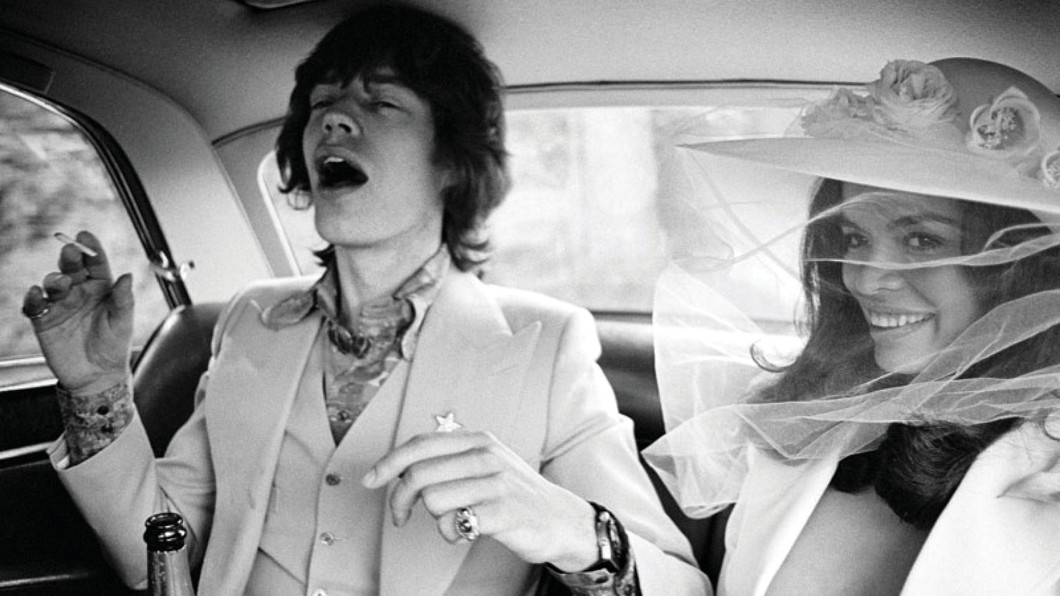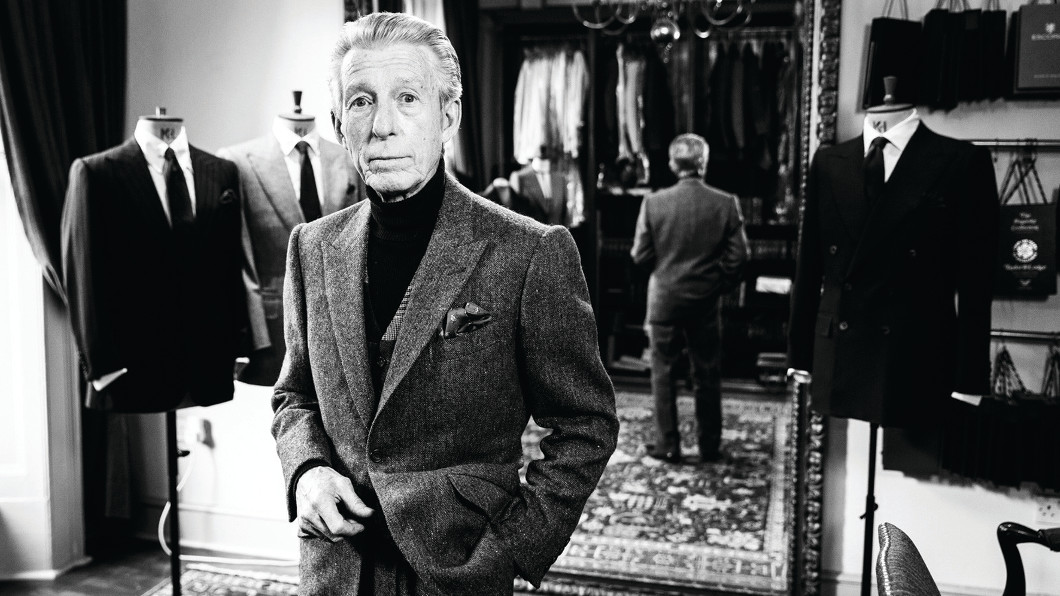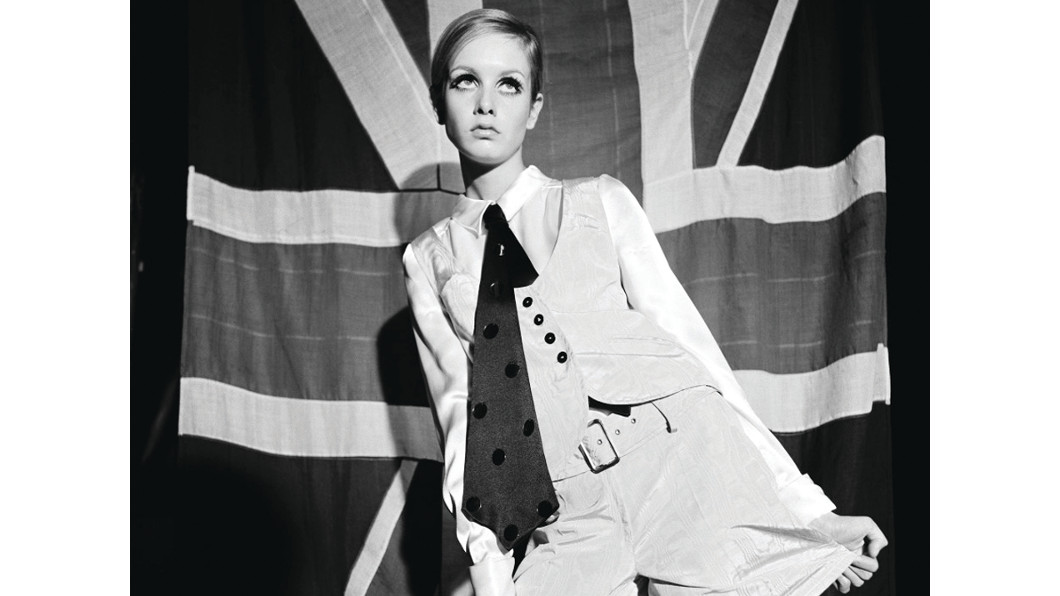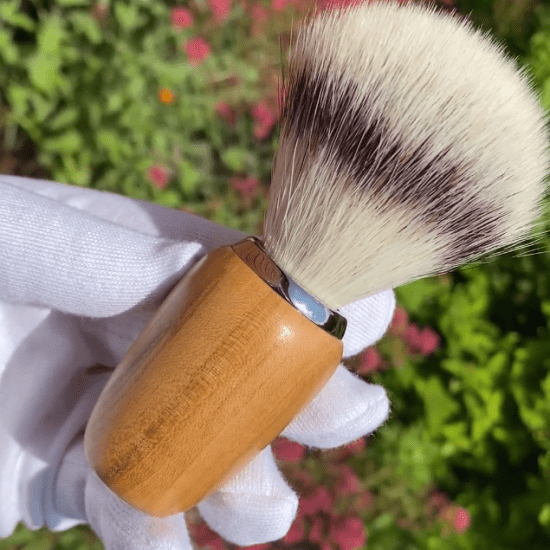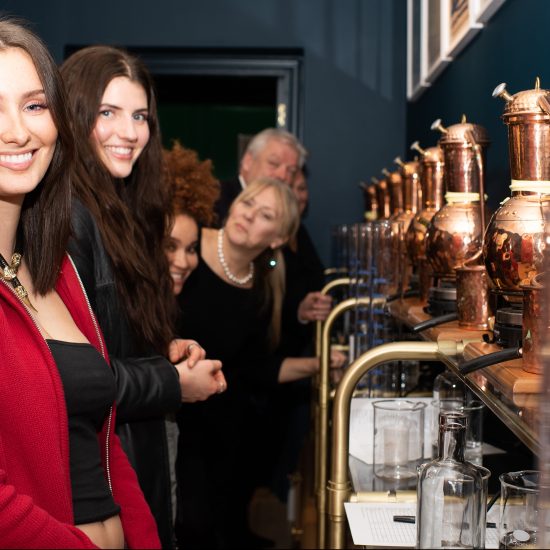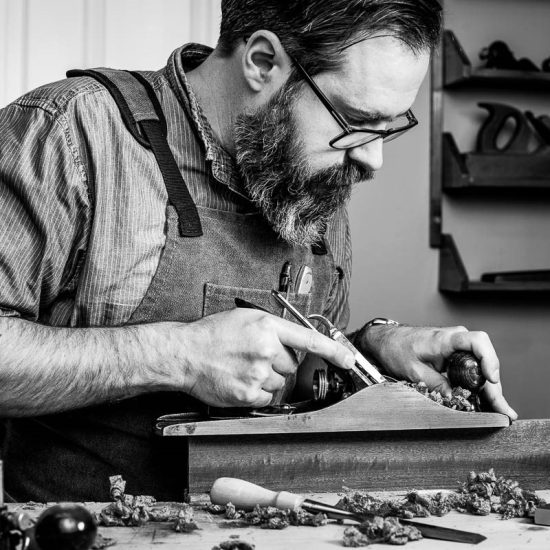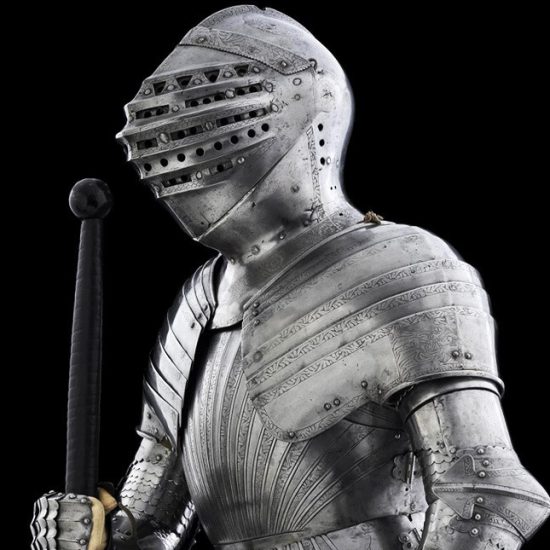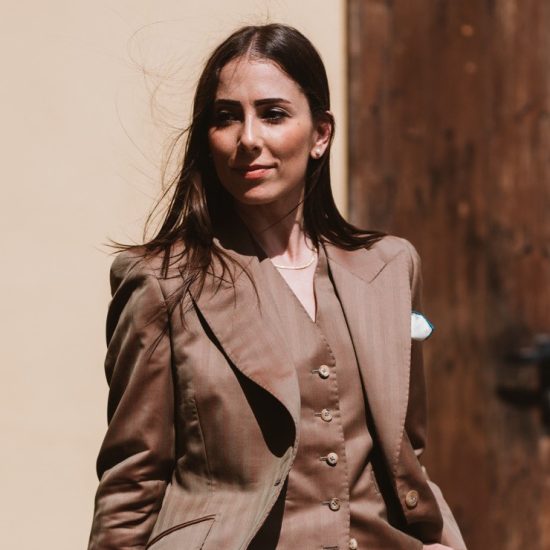Cindy Lawford shares her tales about the tours she gives along Savile Row.
I think I first heard the words “Savile Row” when, as a young girl in Texas listening in my bedroom to a soundtrack from the musical Annie, I caught the lines:
Who cares what you’re wearing on Main Street or Savile Row?
It’s what you wear from ear to ear
And not from head to toe that matters.
Even then I wasn’t convinced that smiles were enough, and I remember feeling a mystified disappointment upon learning that Savile Row was not dedicated to clothing the female sex. After all, most of the men I knew never paid half as much attention to their clothes as the women did.
Only when, as part of my Ph.D., I started researching a biography of the English poet Letitia Landon (1802-38) and reading letters that touched on men’s and women’s fashions, did I realise that – unlike their female counterparts in the early 19th century – English gentlemen were unequivocally considered the best dressed men in the western world. Innumerable period fashion plates that I came across proved the point. Eventually realising that this pre-eminence was attributable to the English gentleman’s appreciation for fine tailoring, I grew quite in awe of Savile Row a good time before I actually set foot on the street.
When I started working at Jermyn Street Theatre in 2013 and saw the many fine menswear shops on Jermyn Street and Beau Brummell’s statue at the end Piccadilly Arcade, I longed to understand the historic culture that created such a street and thought that a tour might be popular. But to me a tour of Jermyn Street made no sense if I wasn’t also offering another tour grounded in the history of British tailoring on Savile Row. Months in the British Library and doing online research then followed before I gathered up enough courage to approach the hospitality manager of Gieves & Hawkes one day, who just happened to be standing at the entrance of No 1 Savile Row.
I bluntly asked if he might consider letting me bring in small tour groups, many of whom, um, might not be able to afford a bespoke suit. Without a flicker of hesitancy, he agreed and made me feel as if I could come back again and again. Emboldened by that success, I went on to seek and receive kind welcomes from Huntsman, Ozwald Boateng, Henry Poole, Kilgour, Stowers, Dege & Skinner, Maurice Sedwell, Cad & the Dandy, Meyer & Mortimer, Welsh & Jefferies and Richard Anderson. To help my tourists consider the staggering variety of cloths available, a brief trip to luxurious Scabal or Dashing Tweeds was needed as well, the latter never failing to leave my groups cheered by the joyful inventiveness of its highly textured fabrics and clothing designs.
I will never forget one spring when I was approached by a school wanting me to give the Savile Row Tour on five successive mornings to different groups of students between the ages of 11 and 14. So many times particular houses have offered special access to tailoring and fashion design students, but this request was about introducing a new world to young people who had perhaps never given tailoring a thought, and I had no idea if I would be able to find open doors. Yet again, house after house agreed to let the students in, and one cloth supplier agreed to do it five days in a row and actually show them how to weave on a loom. Throughout the week, as the troops of purple uniformed pupils gathered in front of the Row’s iron railings or grouped tightly on steps waiting to enter a house, they often met with bemused looks from the beautifully groomed men hurrying to and fro, but no complaints, no problems whatsoever.
Tourists occasionally wonder at this grand generosity from such prestigious tailoring houses. They ask me how it is possible that staff members are allowed to talk to them for several minutes about the weight of wool cloths, the choice of silk linings or the detailed structure of a coat. And I then find myself saying something about the tremendous importance of the Row’s trading history and the fact that each firm feels invested in promoting and preserving that history in all its tradition and glamour. But the truth is that the kind of generosity I receive week after week cannot be easily explained because it does not sell suits. But it does enable my tourists to discover for themselves how precious the Row truly is as a place where perfection is strived for daily, and at least some of that careful labour in the workrooms is visible from the pavement for anyone to see, be they multi-millionaires, world leaders or grooms in search of a wedding suit.
As every house on the Row is unique, some having a very prominent house style and all having their own histories and physical layouts, my tours try and give a sense of that immense variety. People are always interested to know which house attracted which Hollywood star or musical legend, which politician or member of a royal family, as we skip from the 1920s to the 1980s. For instance, they love to learn of the connection between the Beatles’ 1969 rooftop concert, the cover of the Abbey Road album and the designs of Tommy Nutter and Edward Sexton.
With nearly 300 pictures of Savile Row on my iPad, I never run out of people to talk about and stories to tell, from the Earl of Burlington’s bankruptcy and his naming the street after his wife Dorothy to Henry Poole’s legendary cutting for the Louis Napoleon that became Napoleon III. Of course, British Charles II, George IV, Edward VII and the Duke of Windsor are given pride of place in tour discussions, as their exquisite tastes set standards for dress that seemed to crown the Row with an exalted halo. Week after week, it is my privilege to work to keep this history alive amid the great suit-making that is happening all around us.
To find out more go to cindylawford.co.uk




